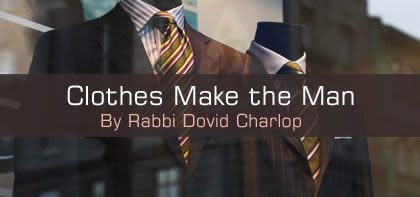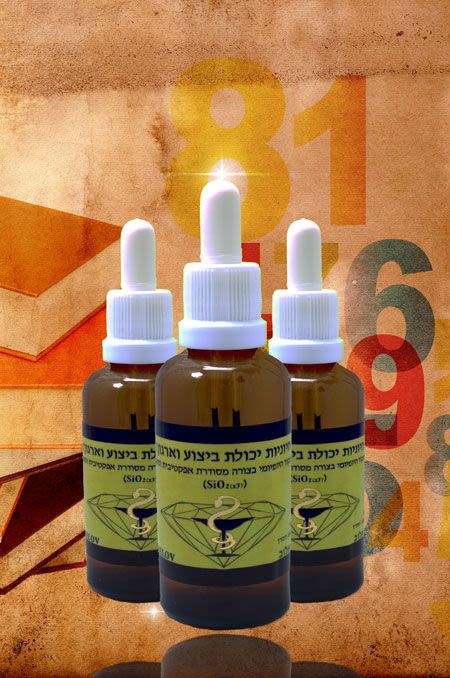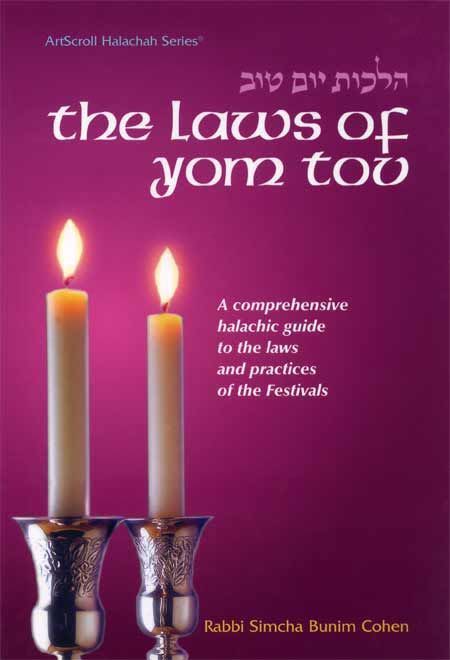
Tetzaveh: Clothes Make the Man
Take a shlemazel, dress him up with a new Brooks Brothers suit, and bingo! - the fellow's ready for corporate America...

"Clothes makes the man" as the old saying goes. Take a shlemazel (a guy who doesn't seem to do anything right), dress him up with a new Brooks Brothers suit, and bingo! – the fellow's ready for corporate America. We know it doesn't quite go like that. Fashion and dress take up a large part of our daily activity (and budget!). Surely it's worthwhile trying to get a clearer picture of the function of clothing according to the Torah. So what do clothes mean to us? We see that this topic is of great importance since the Torah spends so much time discussing the clothes of the Kohanim (Priests) in this week's reading. In order to understand the role of the Kohen's necessary attire, we need to turn back the clock to the beginning of the history of clothes.
When Adam and Eve were in the Garden of Eden they were naked and this reality provided no source of embarrassment to them. After partaking in the forbidden fruit, they realized they were naked and covered themselves. What does their sin have to do with their nakedness?
There is a fascinating connection in the Hebrew language between the word for embarrassment and the word for clothes. The word for shame in Hebrew is "boosha" while the word for clothes is "levoosh". Both words are connected by the root letters "beit", "vav" and "shin" and are clearly are related. What is "boosha"- (translated as embarrassment or shame)? It is the feeling of falling short of what was expected. It's the uncomfortable sensation that a scenario that wasn't expected to be problematic turned out much worse than planned and I could have done something about it. To emphasize this definition, "boosha" is related grammatically to a word "boshaish" meaning to wait for something to happen that never transpires.
Initially Adam and Eve's entire existence was filled with spirituality. Their physicality was completely subservient to their connection to Hashem. They were supposed to maintain this state of purity and holiness. When they ate from the fruit they experienced "boosha", the embarrassment of having fallen way short of the goal that had been placed before them. Their bodies became primary and their souls understood they had made a fatal mistake. The feeling of changing from a soul-centered being with the body being subservient to that reality to becoming a body-centered being caused shame and embarrassment of what they should or could have been. They therefore covered the source of that shame.
Even today we are effected by this shift in reality. We relate to ourselves very much in terms of our bodies. For example, if I'm hungry, I say "I'm hungry". When I need to go to synagogue to pray I usually say "It's time for services. I should go now" as if there's some sort of outside voice of conscious encouraging me to go. The "me" that I primarily relate to is my body and its wants and the "I" of "what I should be doing" is the soul. This confusion of not being who we really were meant to be, is embarrassing.
In this context, clothes are a wonderful gift from Hashem reminding us that we still need to fix this shortcoming. We cover ourselves as a reminder that our souls are our essence not our bodies. This is the reason that traditional Jews only keep their faces and hands exposed. Our face is a reflection of our soul and our hands are made for giving, the most G-dly act we can do. The rest of our bodies are much more comparable to the animals, and that's just not what we are. Of course, the day-to-day struggles between the lower senses vs. the soul's conscience aren't so philosophical, and often take the form of a raging battle more than a civilized debate. However, in general this is the source of the need for clothes.
However clothes can be much more than a covering of what is not holy. They also can be reminders of all of the latent potential within us. The clothes of the Kohanim are a reflection of the challenge that every priest, and, by inference, every member of the Jewish people has, to live in accordance with the beauty and dictates of the soul. According to the Talmud, each of the garments of the Kohanim, especially the Kohan Gadol (High Priest), came to atone for some particular shortcoming. They tell us not just to cover up what is wrong but to point to a higher level of awareness of actively making our souls the primary part of our existence. According to these ideas we can better understand a fascinating Midrash quoted by Rabbi Samson Raphael Hirsch, who has been mentioned in previous columns, that the garments Hashem made for Adam and Eve are call by our Sages "the garments of the Kohanim". Since the garments "called out" to mankind to re-prioritize and elevate themselves, they functioned much like the special garments given to the Kohanim.
There is one more vital lesson about clothes and that is how we relate to our clothes vis-a-vis others. The would-be businessman with the Brooks Brothers suit has the advantage of covering himself and having a sense of shame However, his intentions are not because of his desire to enhance his soul but because of his self-image. This is another sad consequence of Adam's eating the fruit, that our sense of right and wrong is not necessarily dictated by the truth of our souls and the Torah but by the pressures and mores of others.
Even with this possible drawback, clothes and society can have an important lesson for us in terms of being like Hashem. Our Sages teach us that just like Hashem clothed the naked (Adam and Eve) in the Garden of Eden, we should emulate Hashem by buying and distributing clothes for the needy. In my opinion, this gesture of generosity is not just a simple moral act, it is a concrete way of turning back the clock prior to the time of Adam's eating the fruit. If we wonder how do we try to change the priorities of who we are, from a physically oriented being to a spiritual one, our Sages gave us concrete advice. Be like Hashem and become a giver. That itself is the greatest way to focus on our spiritual qualities and our G-dliness. The more we give, especially the act of giving clothes to others, the more we both clarify the lessons of clothing as well as focus on doing specific acts that develop our holy souls.
The lesson for us is not that "clothes make the man", but more accurately "man makes the clothes". Man can imbibe meaning and purpose in his clothing and to focus on his true self and get back to the state of Adam before the sin. With Hashem's help we can learn the lessons of the Kohen's clothing and live as the spiritual beings we're truly meant to be.












Tell us what you think!
Thank you for your comment!
It will be published after approval by the Editor.